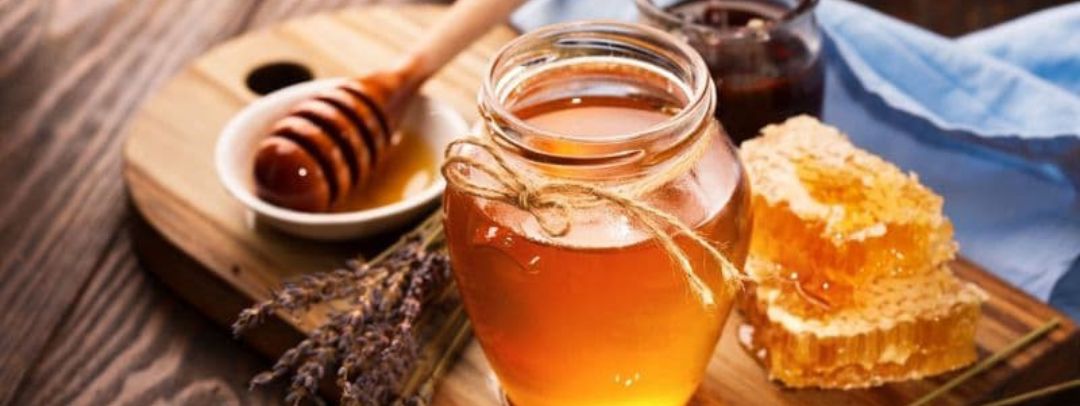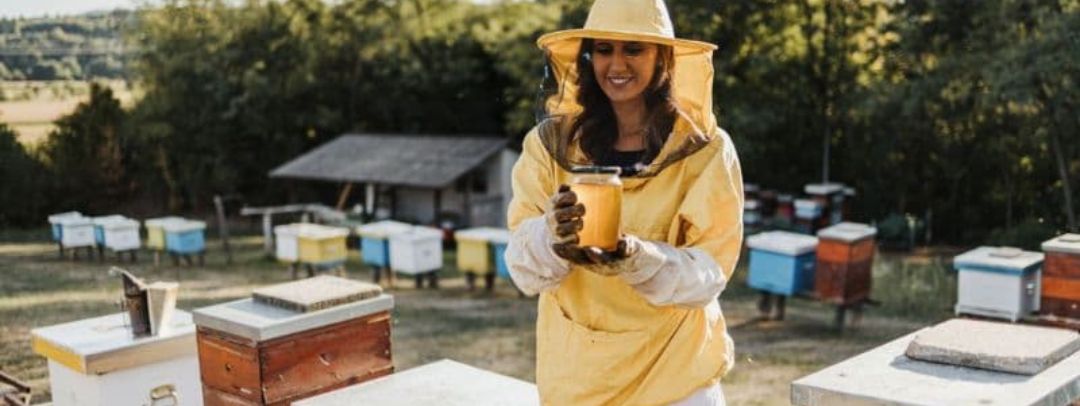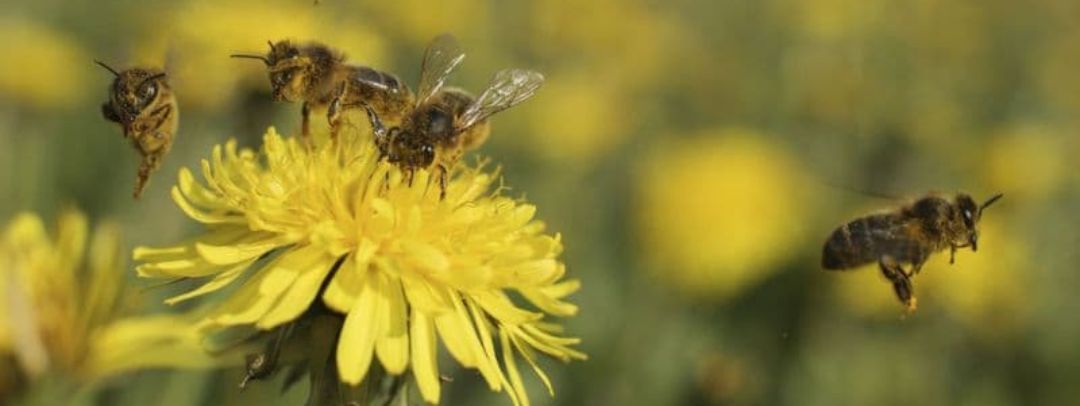It is obvious that the bee season depends mainly on weather conditions, which affect the environment, both flora and fauna. These marvellous insects are at work all year round, but they divide their tasks according to the season.
As you may have guessed, the bee season is considered to be the time when we see the most bees in action and therefore coincides with the spring months (and part of the summer). But what happens mainly during this period of time?
When does the bee season start?
It all starts during the first months when we can appreciate the flowering. This is the process in which the flowers become more exposed and prepare for pollination (plant reproduction).
By exchanging pollen, bees encourage the spread of flowers. However, this is not the only reason why we see clouds of bees flying across the sky during these months.
During this time of year, bees carry out a process known as swarming. This is the natural urge of bees to reproduce in early spring, coinciding with the bee season.

Swarming: trigger for the bee season
During these months, there are many factors that influence swarming (although it has not been established which of these factors is the most decisive in the behaviour of the bees), such as the flow of nectar and pollen or the increase in the population of the hive.
Bees are considered to perform this process solely because of the distribution of the species. What is certain is that this process is carried out instinctively by all the bees in the hive, which functions as a collective intelligence.
As the number of bees in the hive increases, the queen’s pheromones dissipate and, if she ages, she must be replaced. The bees start swarming by flying in swarm groups to look for other hives.
The individual organisation of the individual bees is somewhat complex. The main idea is to settle in another location and free the old hive, which will be at the mercy of the reign of the new queen that the drones will fertilise.
This process is the cause of multiple bees travelling in groups (usually protecting the queen), which can sometimes end up settling in our house.

Work of the bees
After or during this process, bees carry out the practice of pecorating. That is why, between collecting pollen, migrating and multiplying the species or dancing to communicate, we see bees everywhere.
Throughout the spring we enjoy the activity of these insects, which never stop working to increase and preserve their species. After a whole collection process, it is time to return to the hive and work with the supplies.
Harvest time
From the end of the summer, the harvesting season begins. This is the season in which beekeepers begin to extract the panels and collect the honey. It lasts, therefore, from the end of summer until the end of autumn, approximately.
However, the beekeepers’ busiest time of year is the beekeeping season. They have to monitor the condition of the hives, keep an eye on the pollen and honey reserves and look after the production of royal jelly, among many other things.
You may also be interested in:



